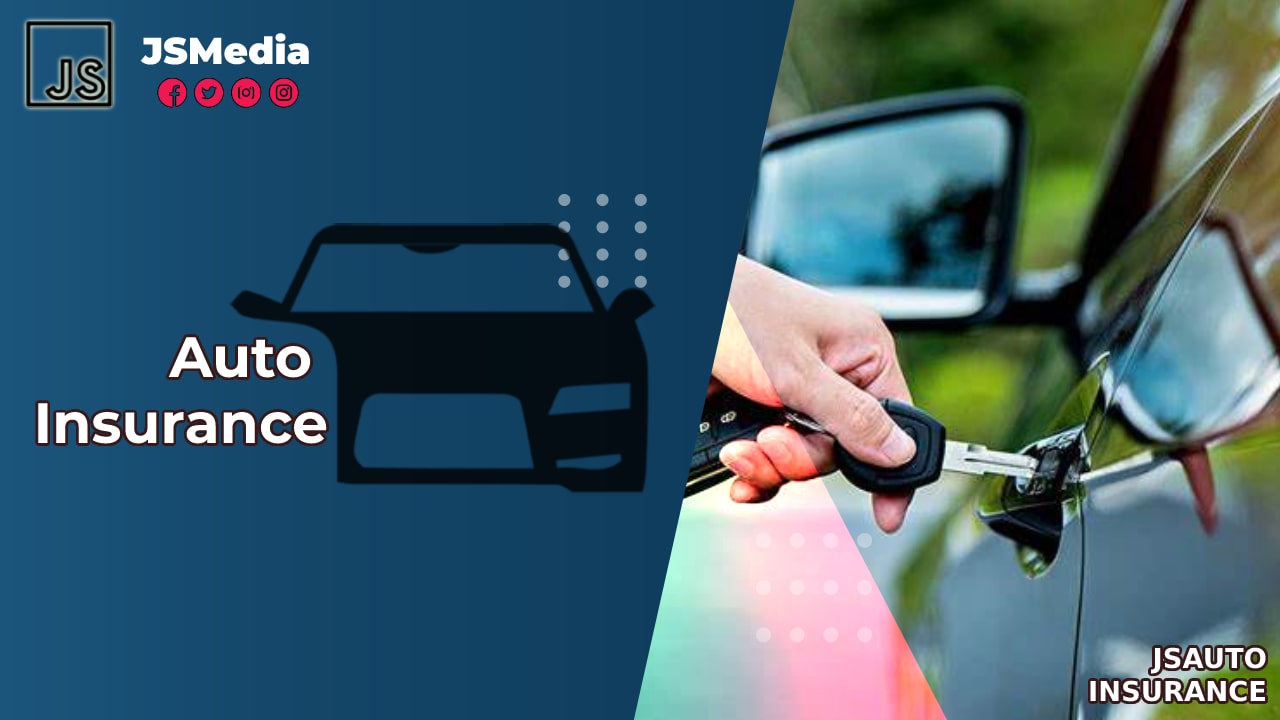JSMedia – Auto insurance frauds are commonplace and often illegal. The most famous are the staged accidents where two vehicles collide. These incidents can cost thousands of dollars, and can also lead to a prison sentence. Depending on the state, the penalties can range from small fines to jail time. The worst auto insurance frauds happen in South Carolina, which ranked seventh in the nation for staged accidents. The punishment for hard fraud, or fraudulent claims, can include several years in prison.
The most common forms of auto insurance fraud occur when the policyholder changes his or her coverage, or when the policyholder applies for a new one. The costs of car insurance are very high, and the other driver tries to make a false claim on their own insurance to get a lower rate. However, it is possible for a policyholder to commit fraud by making false claims on his or her application. This can lead to a high premium or even the cancellation of the policy.
Another type of auto insurance fraud involves the intentional staging of an accident. This involves pretending to be in an accident and then making a fake claim for damages or injuries. Sometimes, the car may be stolen and then the owner of the other vehicle makes a false claim for the vehicle’s insurance. These are all examples of hard fraud and are illegal. As the title suggests, these crimes can lead to a huge loss for the insured person.
Auto Insurance Frauds involves the Intentional Staging of an Accident
Another common form of insurance fraud is the jump-in scam. These car accident scams involve the stealing of a car. The vehicle can be stolen without the owner’s permission, or it may be stolen without the owner’s knowledge. When this happens, the fraudulent mechanic will use a cheap replacement part, or try to charge more than the original invoice. This is considered a form of insurance fraud and can result in a large amount of money.
Many types of auto insurance fraud are legal, but not everyone is aware of the laws that govern them. For example, a few percent of people who have lied about their insurance have been arrested for fraud. Other types of auto insurance frauds include overstating the value of stolen items. Some of these crimes are soft, while others are more serious. The difference between soft and hard frauds is that a soft fraud is not a serious offense.
An example of an auto insurance fraud is a staged car accident. This is an attempt to fake an accident and obtain cash. The goal is to have an automobile that is damaged beyond repair. The victim is not at fault. The insurer will pay the cost of repairing the car. But the fraudulent claims will be denied. So, it is very important to document these types of frauds. They may be hard to trace, but they all have one thing in common: the victim.
In California, illegal registration of cars is another common form of auto insurance fraud. Some Brooklyn drivers will list themselves as the primary driver of a car registered in Pennsylvania, but actually, the vehicle is registered in New York. This is a form of “fronting,” and is a form of rate evasion. It involves registering a car that is in another state, but is in the same state as the owner. This will result in a lower insurance premium.
Some of the most common auto insurance frauds take place in New York. Almost half of millennials and Gen Zers believe they have been victims of such frauds, while only 10% of baby boomers and baby-boomers have been victimized. And in all of them, it is not the same for every person. It is important to understand that some of these people are not criminals and do not want to get caught.
In addition to causing harm to innocent consumers, auto insurance frauds cost the insurance industry $29 billion per year. A recent study of consumers suggests that only one out of every ten people admit to having been a victim of an accident. The average annual premium of a car in New York was 23% higher in 2016. That means that there are numerous ways that someone can commit fraud when applying for auto insurance. This includes faking an insurance application to reduce their premium.

